Baseball History Comes Alive Now Ranked #2 by Feedspot Among All Internet Baseball History Websites and Blogs!
Guest Submissions from Our Readers Always Welcome!
Subscribe to Old Baseball Photos and Essays for automatic updates (sign-up block found in right side-bar)
As a Free Bonus for subscribing, you’ll get instant access to my two Special Reports: Memorable World Series Moments and Gary’s Handy Dandy World Series Reference Guide!
“Rajah” Hornsby Photo Gallery
Click on any image below to see photos in full size and to start Photo Gallery:
Rogers Hornsby Traded Again!
“Hornsby was frank to the point of being cruel and was as subtle as a belch.” -Sportswriter Lee Allen
“Hiring Rogers Hornsby to manage the Cubs was the worst mistake I made in all my years in baseball.” -William Veeck, Sr. Cub President
“Nobody liked our manager Rogers Hornsby. There was a real pr**k. Except for his racing forms, there was no newspapers, no movies, no beer, nothing. Women and horses, that was his downfall.” – St. Louis Browns pitcher Les Tietje
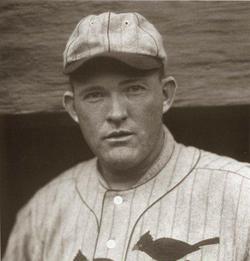
On January 10, 1928, 95 years ago, Rogers Hornsby was traded by the Giants to the Braves in what soon became a recurring pattern. This was the second in a series of trades and/or releases between 1926 and 1933 involving Hornsby. He was moved from the Cardinals to the Giants to the Braves to the Cubs to the Cardinals again and finally to the Browns as owners sooner or later came to view Hornsby as a detriment to their team.
A Trade of Superstars Rocks the Baseball World!
The previous year, 1927, Hornsby was traded from the Cardinals to the Giants in a trade of superstars that rocked the baseball world. John McGraw had long coveted Hornsby, and was willing to pay a steep price: star second baseman Frankie Frisch, plus journeyman pitcher Jimmy Ring. It was a trade McGraw soon came to regret. Hornsby lasted only one year in New York, while Frisch led the Cardinals to four pennants and two World Series championships over the next eight seasons. By the end of the 1927 season, Giants’ owner Charles Stoneham was fed up with Hornsby’s abrasive style, contract demands, and gambling habits – character flaws that stayed with him for his entire career – and unloaded him to the Boston Braves.
Fired After Winning the 1926 World Series!
Rogers Hornsby’s personality was so tactless and abrasive that he was released as manager of the Cardinals during the off-season shortly after winning the 1926 World Series. It probably didn’t help his cause that he once kicked owner Sam Breadon out of the Cardinals’ clubhouse. Likewise, he was dismissed as manager of the Cubs in August of 1932 while the Cubs were in first place. The quote above from Cub President William Veeck, Sr. tells you all you need to know.
Milking his 1926 World Series victory for all it was worth, Hornsby was still managing baseball clubs at the major and minor league levels as late as 1952, with owners usually coming to rue the day they hired him. He finished his managerial career with a rather dismal 701-812 (.463) record.
…But Rajah Could Hit!
Rogers Hornsby may have been abrasive and tactless, but “Rajah” could hit. He was unquestionably one of the greatest offensive players of all time. Over his 23-year major league career, in which he played for the Cardinals (1915–1926, 1933), Giants (1927), Braves (1928), Cubs (1929–1932), and Browns (1933–1937), he posted a .358 lifetime batting average, second only to Ty Cobb’s .367. Hornsby compiled 2,930 hits, 1579 runs, 541 doubles, 301 home runs, 1584 RBIs, .434 on-base percentage, .577 slugging average, and batted .400 or more three times.
Hornsby was a two-time National League Most Valuable Player, a two-time Triple Crown winner, a seven-time National League batting champion, a two-time home run champion, and a four-time RBI champion. He led the league in doubles four times, runs five times, on-base percentage nine times, slugging average nine times, and total bases seven times. His career OPS+ of 175 places him among the most elite players of all-time (100 being the major league average).
Hornsby hit more home runs, drove in more runs, and had a higher batting average than any other National League player during the 1920s, which makes him one of only four players to win a “Decade Triple Crown.” He was also a consistent hitter at home and on the road, averaging .359 at home and .358 on the road. In his prime, Hornsby was renowned for his speed and was considered the fastest player in the National League.
Rajah’s 1922 Year: the Best Offensive Season Ever?
Was Rogers Hornsby’s 1922 season the greatest ever? You’d be hard-pressed to find a better individual year. Hornsby led the league in all major offensive categories, including batting average (.401), hits (250), runs (141), home runs (42), RBIs (152), doubles (46), OBP (.459), total bases (450), and slugging percentage (.722), setting records in many of these categories. He became the only player in major league history to hit over 40 home runs and bat over .400 in the same season. From August 13 through September 19, he had a 33-game hitting streak. On defense, Hornsby led all second basemen in putouts, double plays, and fielding percentage.
The Greatest 5-Year Span Ever, 1921-1925?
Hornsby’s five-year span from 1921-1925 may be the greatest five-year offensive display in baseball history. During this span, he averaged each year a .401 batting average, 215 hits, 123 runs, 28 home runs, 120 RBIs, 41 doubles, .474 on-base percentage, .688 slugging average, and 370 total bases. His 203 OPS+ during this span is “off the charts.”
By 1926, Hornsby slipped a bit as his average “fell” to a mere .317. But he managed the Cardinals to the 1926 pennant and also to victory in the 1926 World Series, considered one of the classics. It’s remembered for Hornsby summonsing a hung-over Pete Alexander from the bullpen in the seventh inning of the seventh game. “Old Pete” proceeded to strike out Tony Lazzeri with the bases loaded and held the Yankees in check to close out the series for the Cardinals.
Rogers Hornsby was named to the Major League Baseball All-Century and All-Time teams. He was elected to the Hall of Fame in 1942.
Tacless, abrasive, quick to wear out his welcome, and “as subtle as a belch,” as his teammate is quoted above. But there’s no doubt Rajah was one of the greatest hitters of all time, and we’re glad to shine our baseball spotlight on him today.
Gary Livacari
Photo Credits: All from Google search; Beautiful Hornsby colorizations in gallery by Don Stokes
Information: Excerpts edited from Rogers Hornsby Wikipedia page
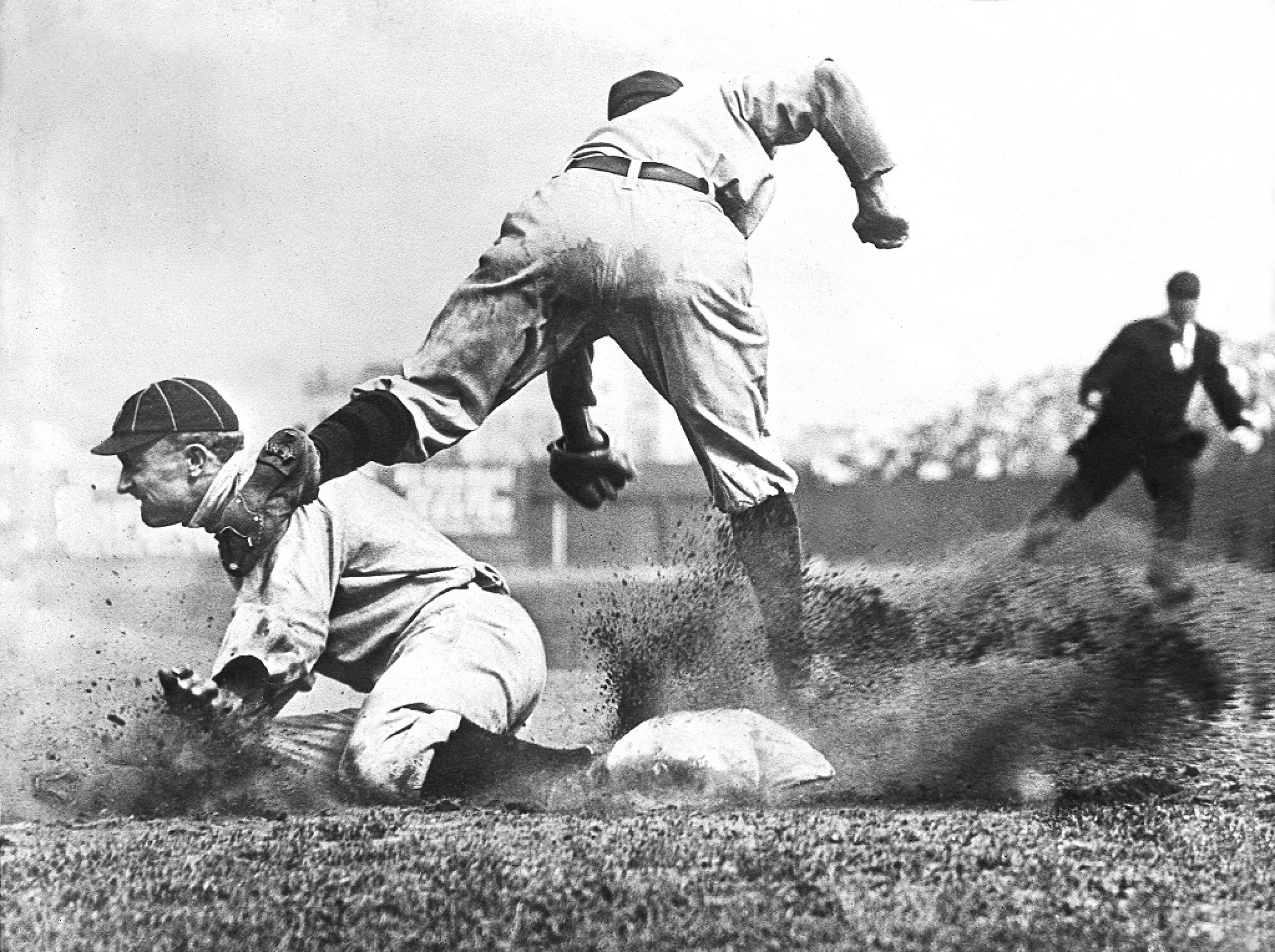
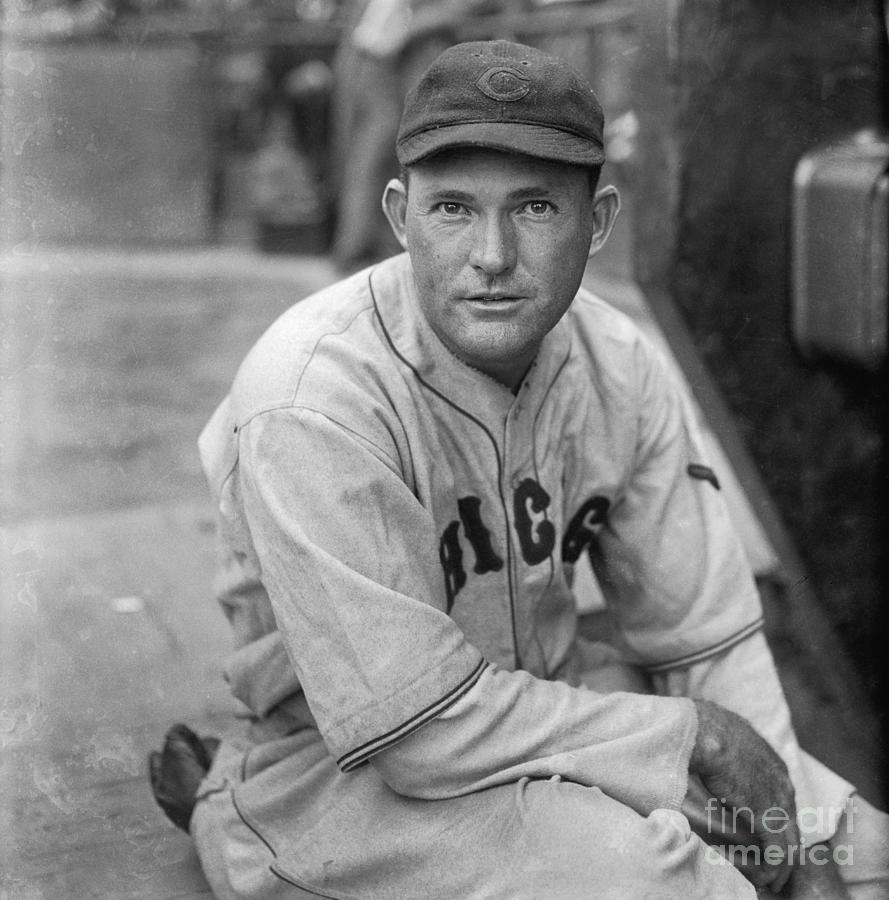
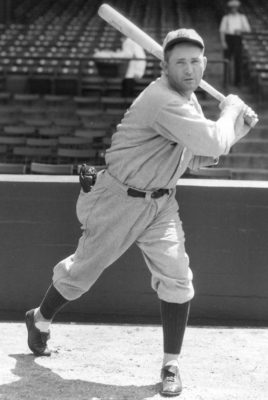
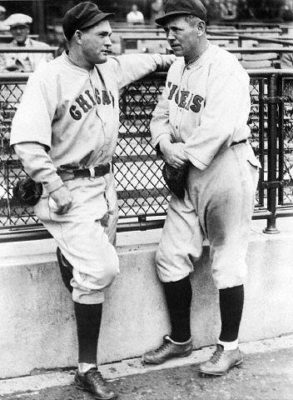
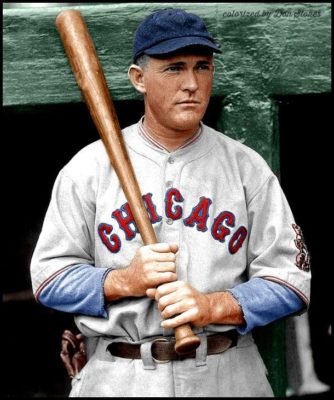
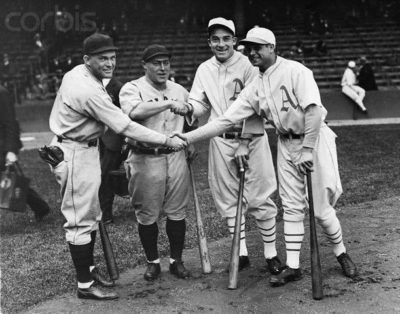
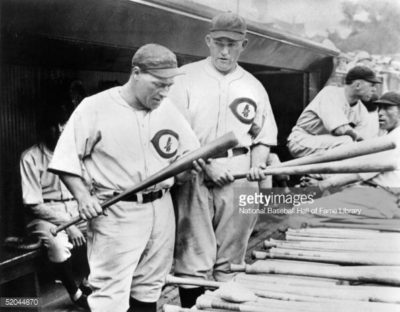
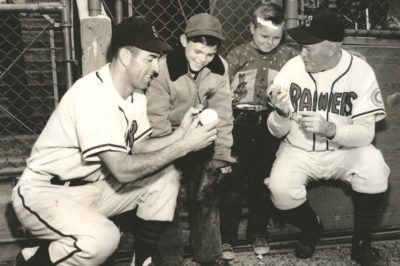
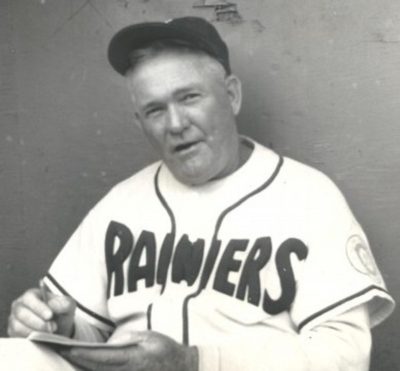
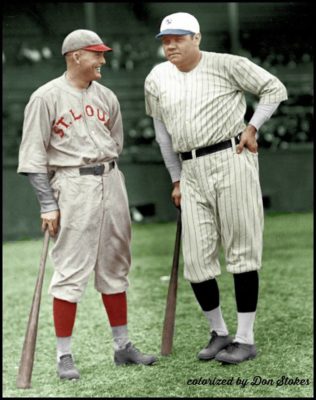
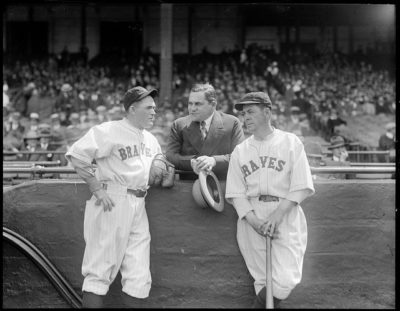
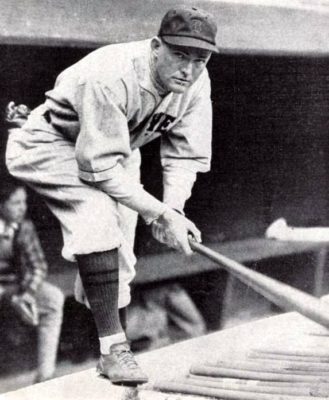
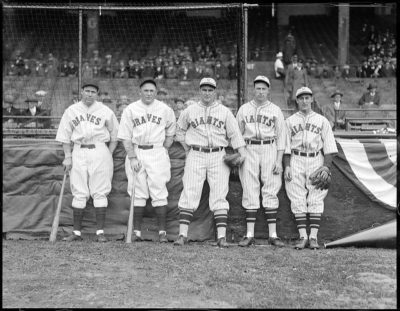
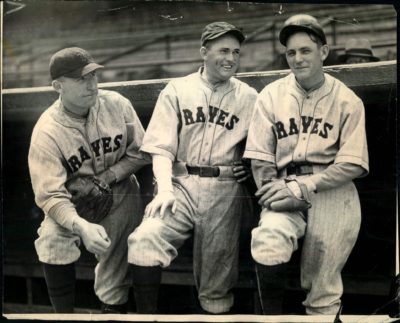
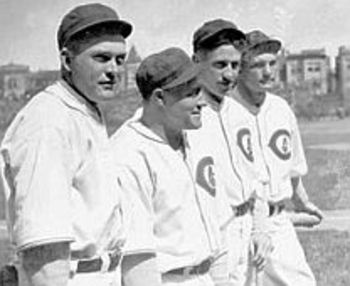
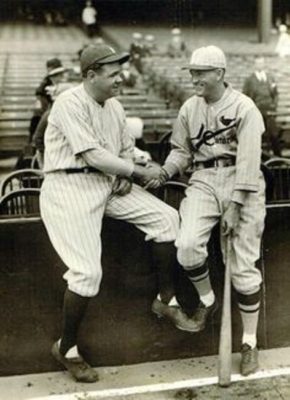
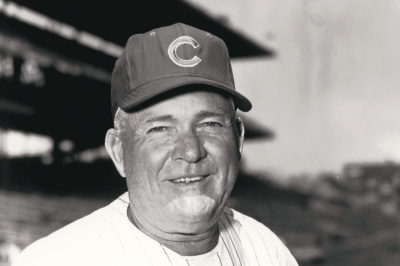
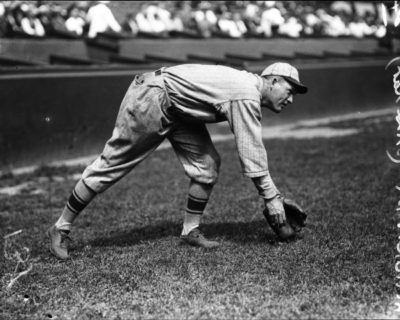
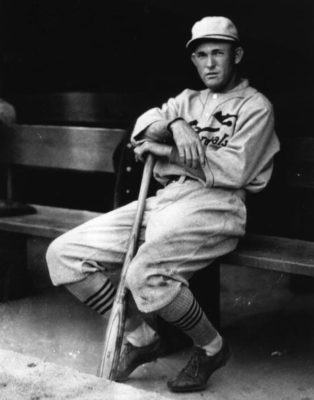
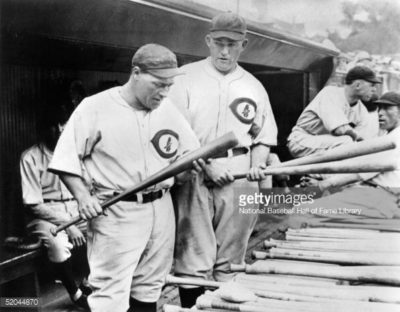
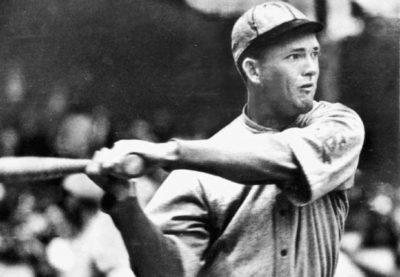
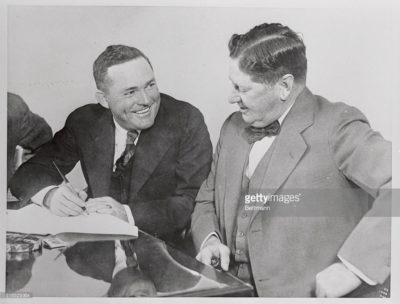
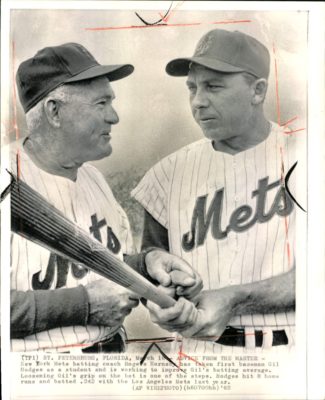
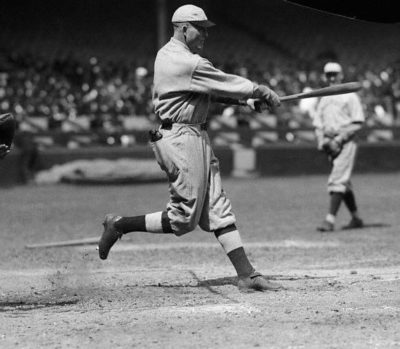
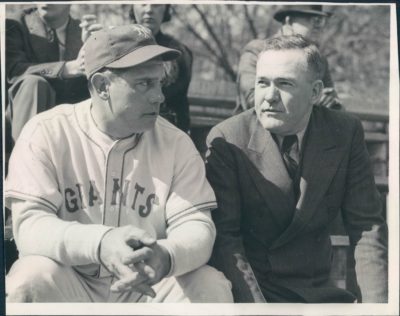
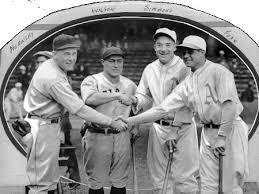
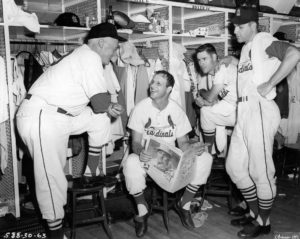
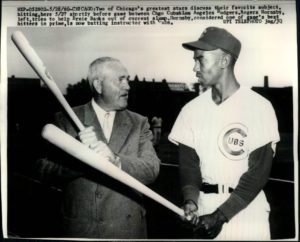
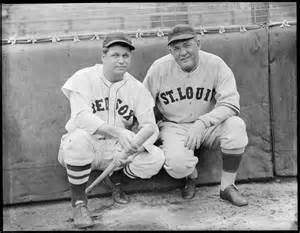
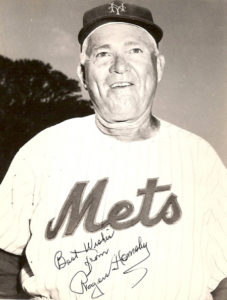
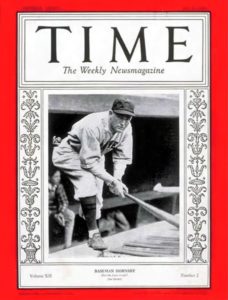
Thnx for a wonderful article on Hornsby, Gary. Apparently, he was equally as devastating with his tongue as he was with a Louisville Slugger. I vaguely remember seeing him being interviewed on TV when I was a little kid. {Probably during a WGN-TV game}. What a classic line this is : “he’s about as subtle as a belch” …. hahahaha. Your post includes some really cool photos as well. To me, it’s kinda “quirky” how some of the great hitters seem to have had a verbally abusive demeanor at times, Cobb, Ted Williams, Albert Belle, Hornsby, Dick Allen, etc. Probably stemmed mostly from a dislike of the media, I guess. {BTW, yesterday I saw an article on FB about Ron Kittle participating in Park Ridge LL’s Opening Day ceremonies. Isn’t PR in your neck of the woods ?} Be well, amigo. Thnx.
Thanks Tom. Yep, Park Ridge is my neck of the woods! By the way, you might enjoy reading (or rereading?) my fun little essay about meeting Hornsby when I was a kid: https://wp.me/p7a04E-8yG
I had never really known about Hornsby’s personality. The only thing I knew is that he was considered a masterful batter and an all-time great.
Thanks for making me aware of that side of his personality. I am now going, with much anticipation, to read your post on meeting him while a kid. Thanks, Gary . . . Nice job, as usual.
Thanks George!
Really enjoyed it, Gary! Along with Tom M., loved the quotes. Apparently, Hornsby had all the charm of a coiled cobra.
You presented a great summary of his batting prowess from ’21-’25, unbelievable!
From 1920-1925, I counted an astounding 56 bold offensive numbers–leading either the NL or both leagues in those categories. Simply the best hitting second baseman of all-time.
Ironically, HOF ump Jocko Conlon said in his book, The Rajah was well liked by National League umpires. He never squawked about a call. His one redeeming feature.
Thanks Bill…I do femember that quote from Jocko, and was surprised when I read it. Doesn’t seem to fit his personality at all!
The fact he compiled those kinds of numbers, especially hits and batting average, as a right-hand hitter is all the more impressive. “Greatest right-hand hitter in history” is the way he was always described when I was a kind growing up.
If I might re-take the podium for an additional comment, it would be that we ought to be careful assuming the worst in player personalities simply because they get passed down without any historian checking for accuracy. Biographers tend to repeat the stories and quotations from previous biographies. A great point is the massive number of lies and misinformation that has been handed down over the years with regard to Ty Cobb, based almost entirely on Al Stump’s preposterous biography. It tells story after story about the Georgia Peach that have since proven to be either false or exaggerated. The caricature of Cobb as a raving maniac became the basis of a Hollywood movie (starring Tommy Lee Jones) but is badly flawed. It serves to further poison the well. I recommend “Ty Cobb: A Terrible Beauty” as a lot-overdue corrective. Hornsby was doubtless no saint, but perhaps a fresh look is in order for Rajah. Thank you all. I’ll be quiet now.
Thanks Tom, you raise some really good points. The old line:’Repeat a lie often enough and after a while everyone believes it’s true.” That’s certainly true about Cobb, who, like Hornsby, was surely no saint, but probably no worse than most of his contemporaries. I read Terrible Beauty (you can find two reviews of it here on the site that I wrote), and I agree completely with what you said. And please feel free to jump back in at any time!
Bard from Google said the following. Is this another of AI’s erroneous statements, or is it actually true?
“Rogers Hornsby was considered a womanizer because he was known for his many affairs with women. He was married four times, and he had several children with different women. He was also known for his flamboyant lifestyle, and he was often seen with different women on his arm.
“Hornsby’s womanizing was often the subject of gossip and rumors. He was once accused of having an affair with a married woman, and he was also rumored to have been involved with several prostitutes. Hornsby denied all of these allegations, but his reputation as a womanizer persisted.
“Hornsby’s womanizing was not just a personal matter. It also affected his career. He was once traded away from the St. Louis Cardinals because of his off-the-field behavior, and he was also fined by the league on several occasions.
“Hornsby’s womanizing was a major part of his public persona. It was both a source of his fame and a source of his notoriety. He was a talented baseball player, but he was also a flawed man. His womanizing was one of his biggest flaws, but it was also one of the things that made him so interesting.”
I have heard similar rumors, but whether or not they’re true, I can’t say.
Great piece Gary. I had forgotten that the ‘Rajah’ was a coach for the original Mets in 1962 then passed away January 1963. He and Casey Stengel in the dugout together is quite something to imagine! We did an episode asking why teams might trade a future Hall-of-Famer with Hornsby a principal example. The reasons you point out make it very clear in his case!
Thanks Mark. If you haven’t read it already, you might enjoy my little story about meeting Rajah when I was a kid: https://wp.me/p7a04E-8yG
Fine article: I always enjoy reading about Hornsby. His batting exploits are almost otherworldly. I too had (laboriously) done the calculations for his 1921-’25 statistics. They boggle the mind.
By the way, I also have a Hornsby anecdote from my youth:
In Spring 1962 I had just turned 10. I lived in St. Petersburg, and the expansion Mets were training there. My father took me to Huggins Field to watch the Metropolitans work out.
We stood at a chain link fence surrounding all four fields, watching players and coaches move from one field to another. My father called out to an old guy walking about 50 feet away: “Hey Rogers, come shake hands with this boy.” Remarkably, Hornsby did just that.
My trouble was that I didn’t know how to shake hands, and so stuck out my left hand. Hornsby grinned without saying anything and extended his left also, and we shook hands that way.
My father afterward told me that the old guy was Hornsby. I don’t think I knew the name at that time, but I was in my second year of collecting baseball cards, and Fleer was publishing Baseball Greats, and Hornsby was among them. When I got his card I was tickled to have had my moment with him
Thanks Daivd, great story. I always love the personal stuff like this. That was right around the time when I met him too, in the 1960-’62 time frame. Her’s my story: https://wp.me/p7a04E-8yG